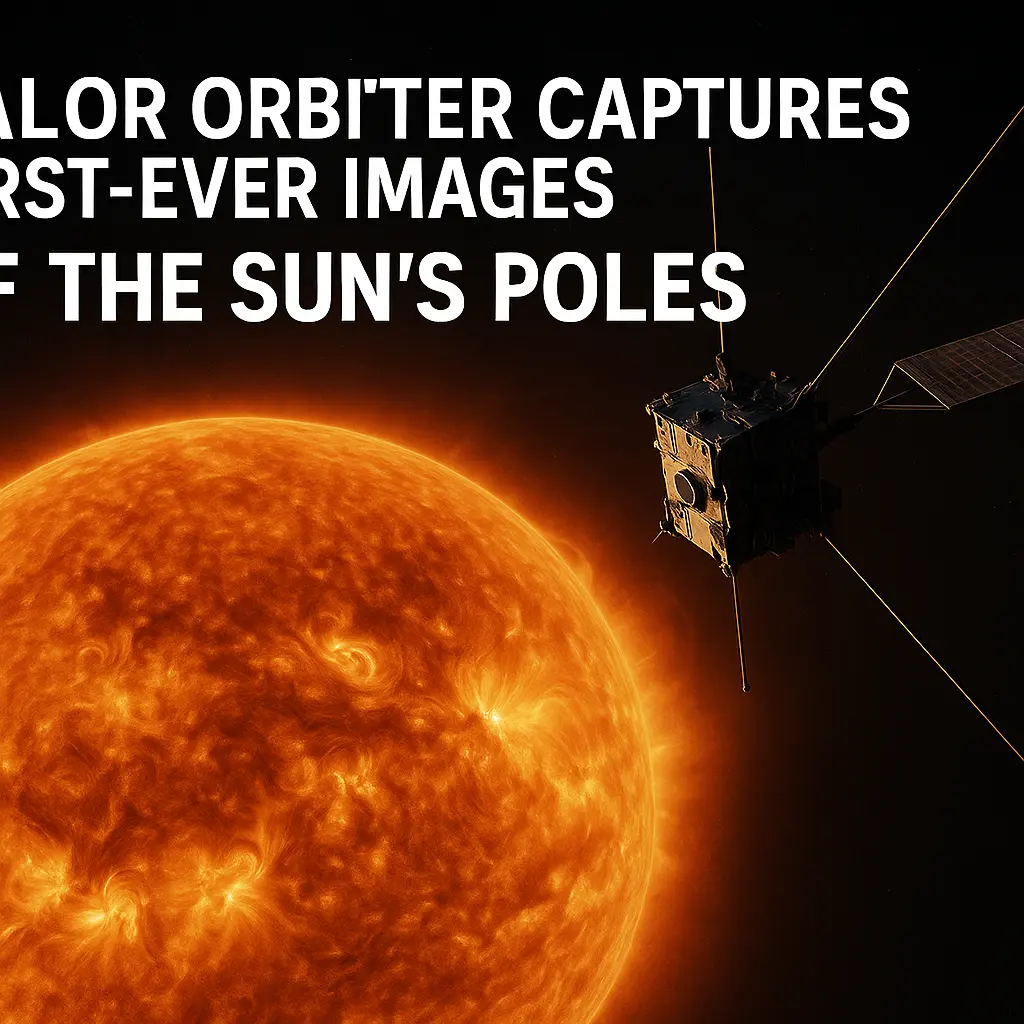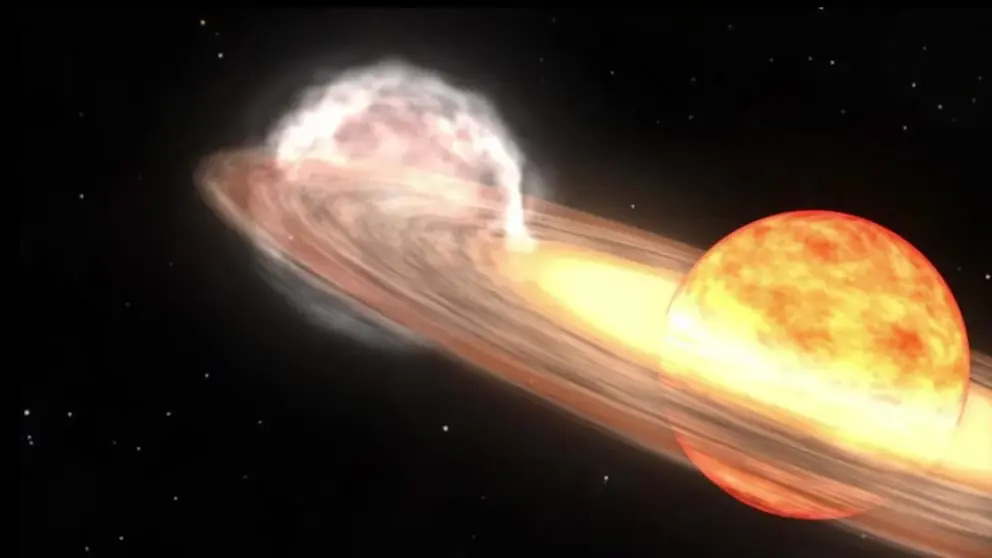The ESA-led Solar Orbiter mission has achieved a historic milestone in space science by capturing the first-ever images of the Sun’s polar regions from outside the ecliptic plane. This breakthrough, made possible by its newly tilted orbit, is revolutionizing our understanding of the Sun’s magnetic field, the solar cycle, and space weather.
🛰 Mission Significance: A New Perspective on Our Star
- First-Ever Polar Imaging of the Sun: Until now, all solar observations were confined to the ecliptic plane. Solar Orbiter is the first spacecraft to image the Sun’s poles, offering a novel view of regions that have remained a mystery.
- Unique Orbit: The mission began its high-latitude phase in February 2025, achieving a 17° inclination to the solar equator—more than double any previous Sun-observing mission.
- Building to Higher Latitudes: The inclination will increase to 24° by late 2026 and 33° by 2029, offering progressively clearer and more comprehensive views of the poles—a strategy described as a “stairway to heaven”.
- Comparison to the Ulysses Mission: While NASA/ESA’s Ulysses (1990–2009) flew over the poles, it lacked imaging capabilities. Solar Orbiter fills that gap with a full suite of 10 instruments, combining imaging and in-situ measurements.
🧪 Breakthrough Observations: Peering into Solar “Terra Incognita”
🧲 Messy Magnetism at Solar Maximum
- Observations from the Polarimetric and Helioseismic Imager (PHI) revealed a chaotic magnetic structure at the Sun’s south pole, with mixed north and south polarities.
- This “mess” is characteristic of solar maximum, the most active phase of the solar cycle, when the Sun’s magnetic field begins its 11-year flip.
- Crucially, Solar Orbiter reached high latitudes just in time to witness this reversal in action.
🌬 Solar Wind and Atmospheric Dynamics
- The Spectral Imaging of the Coronal Environment (SPICE) provided Doppler velocity maps—a first from high latitudes—showing the movement of charged particles and potential sources of the solar wind.
- These observations are central to answering a long-standing puzzle: how and where the solar wind is generated.
🔥 Glimpse into the Super-Hot Corona
- The Extreme Ultraviolet Imager (EUI) captured million-degree plasma in the corona, adding a third layer of insight into the Sun’s outer atmosphere.
🌞 Scientific Impact and What Lies Ahead
🔄 Solar Cycle Insights
- Solar Orbiter’s polar vantage is ideal for investigating the mechanics of the Sun’s magnetic field reversal, a phenomenon that affects everything from space weather to satellite safety.
- These data will help refine solar activity prediction models, which currently struggle to predict the timing and intensity of solar maxima.
🌪 Polar Vortices?
- By combining data from PHI, EUI, and SPICE, scientists hope to uncover large-scale plasma motions, potentially revealing polar vortices—swirling structures similar to those seen on Venus and Saturn.
📅 Looking Forward
- A complete dataset from Solar Orbiter’s first high-latitude passage will be available by October 2025.
- With increasing inclination and continued observations through the solar cycle, the mission promises to transform solar physics and dramatically improve our ability to predict space weather impacts on Earth.
🧭 Conclusion: A New Chapter in Heliophysics
Solar Orbiter has opened an unprecedented window into the Sun’s most elusive regions. Its combination of orbital innovation and scientific instrumentation is already yielding transformative discoveries—from the tangled magnetism of the poles to the elusive origins of the solar wind. As the mission ascends to higher latitudes and the full dataset becomes available, Solar Orbiter is poised to rewrite the textbook on our dynamic and life-sustaining star.



